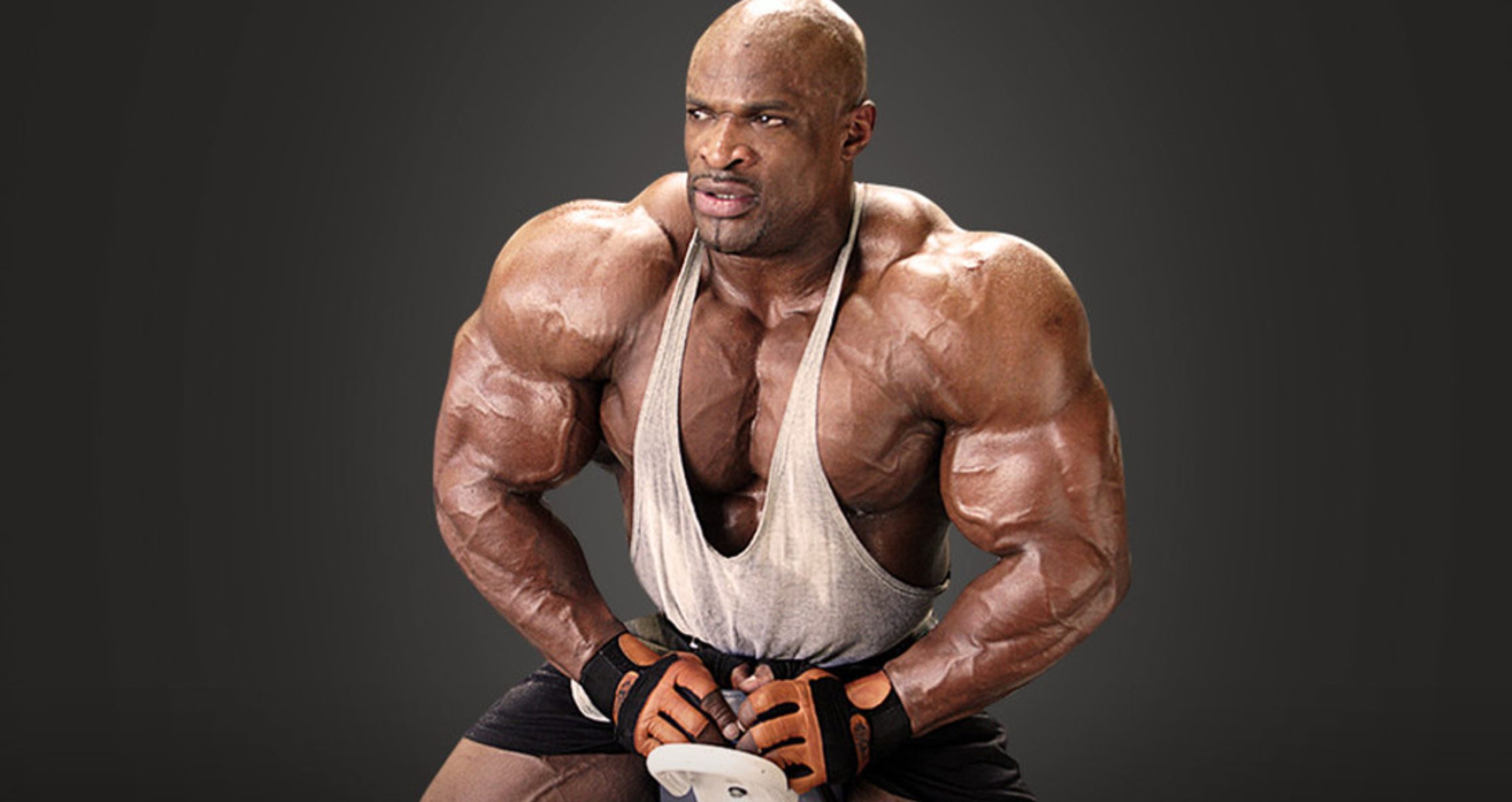Which is Better for Your Fitness Goals?
When it comes to building strength, improving flexibility, and sculpting your physique, choosing the right type of equipment is essential. Two popular options of gym equipment are cable machines and dumbbells. Each has its own set of advantages and is suited to different fitness goals.
In this article, our team at Generation Iron will compare cable exercises and dumbbell exercises, helping you decide which is best for your workout routine.
Overview of Cable Exercises

What Are Cable Exercises?
Cable exercises use a cable machine, which consists of adjustable pulleys and weight stacks. The machine allows you to perform a wide range of movements with consistent tension throughout the exercise.
Benefits of Cable Exercises
- Constant Tension: Unlike free weights, cables provide continuous resistance through the entire range of motion, enhancing muscle activation.
- Versatility: Adjustable pulleys enable countless exercise variations, targeting every muscle group.
- Joint-Friendly: Smooth and controlled movements reduce stress on the joints, making cables ideal for rehabilitation or those with joint issues.
- Improved Isolation: Cables are excellent for isolating specific muscles, especially during exercises like tricep pushdowns or bicep curls.
- Beginner-Friendly: The guided path of the cables helps beginners maintain proper form and reduces the risk of injury.
Common Cable Exercises
- Cable Flyes
- Tricep Pushdowns
- Lat Pulldowns
- Cable Squats
- Face Pulls
Overview of Dumbbell Exercises

What Are Dumbbell Exercises?
Dumbbell exercises use free weights that are not attached to any machine. They allow for natural movement patterns and are a staple in most strength training routines.
Benefits of Dumbbell Exercises
- Functional Strength: Dumbbells mimic real-life movements, improving overall functional strength and coordination.
- Greater Range of Motion: Exercises with dumbbells allow for a more extensive range of motion compared to machines.
- Core Engagement: Stabilizing the dumbbells during exercises requires core activation, promoting better balance and stability.
- Portability: Dumbbells are compact and can be used at home or in the gym.
- Muscle Symmetry: Using dumbbells independently for each hand helps address muscle imbalances.
Common Dumbbell Exercises
- Dumbbell Bench Press
- Dumbbell Rows
- Dumbbell Lunges
- Bicep Curls
- Dumbbell Shoulder Press
Cable Exercises vs. Dumbbell Exercises: Key Comparisons
1. Range of Motion and Tension
- Cable Exercises: Provide constant tension, even at the peak of the movement, which can be beneficial for muscle hypertrophy.
- Dumbbell Exercises: Offer a more natural range of motion and promote stabilization but may lack constant tension.
2. Versatility
- Cable Exercises: Highly versatile due to adjustable pulleys, allowing for dynamic movement patterns.
- Dumbbell Exercises: While versatile, they may require additional equipment (like benches) to replicate certain movements.
3. Muscle Engagement
- Cable Exercises: Excellent for isolation exercises and consistent engagement throughout the movement.
- Dumbbell Exercises: Promote compound movements that engage multiple muscle groups and stabilize muscles.
4. Accessibility and Setup
- Cable Exercises: Require access to a cable machine, which may not be available at all gyms or for home use.
- Dumbbell Exercises: Can be performed almost anywhere with minimal equipment.
5. Safety
- Cable Exercises: Offer a guided path, reducing the risk of improper form.
- Dumbbell Exercises: Require more control and proper technique to avoid injury, particularly for beginners.
Which Is Better for Your Fitness Goals?

For Muscle Growth (Hypertrophy):
- Best Choice: Cables are slightly better for isolating specific muscles and maintaining constant tension, which is ideal for hypertrophy. However, dumbbells also work well for compound movements.
For Strength Building:
- Best Choice: Dumbbells are superior for building overall strength due to their ability to mimic natural movements and engage stabilizing muscles.
For Beginners:
- Best Choice: Cables provide more guidance and support, making them ideal for those just starting out.
For Home Workouts:
- Best Choice: Dumbbells are more practical and cost-effective for home use compared to cable machines.
For Injury Rehabilitation:
- Best Choice: Cables offer smooth, joint-friendly movements, which are safer for those recovering from injuries.
Combining Cable and Dumbbell Exercises
For a well-rounded workout, consider incorporating both cable and dumbbell exercises into your routine. For example:
- Warm-Up: Start with cable exercises to activate muscles and practice controlled movements.
- Strength Training: Use dumbbells for compound lifts like bench presses and squats.
- Isolation Work: Return to cables for focused isolation exercises, such as tricep pushdowns or lateral raises.
Conclusion
Both cable and dumbbell exercises have their place in a balanced fitness routine. Cables are perfect for controlled, isolation movements and joint-friendly workouts, while dumbbells shine in building functional strength and promoting muscle symmetry. By understanding their unique benefits, you can tailor your workouts to align with your specific goals and maximize your results.
Whether you’re a beginner or an experienced lifter, combining these two training tools can help you achieve a stronger, more balanced physique. Choose wisely, lift safely, and keep progressing toward your fitness goals!
Follow Generation Iron on Instagram, Facebook, and Twitter for more workout tips from experts!








